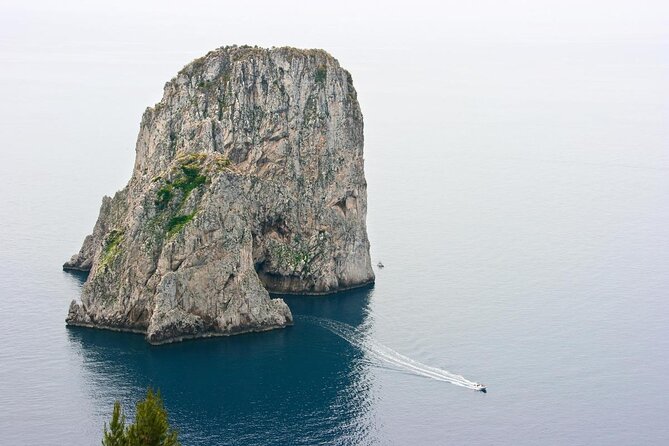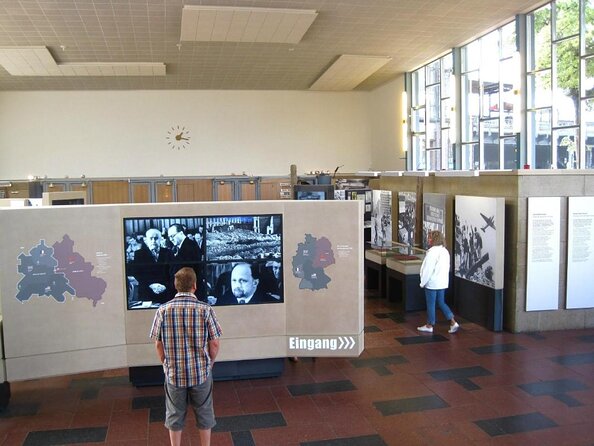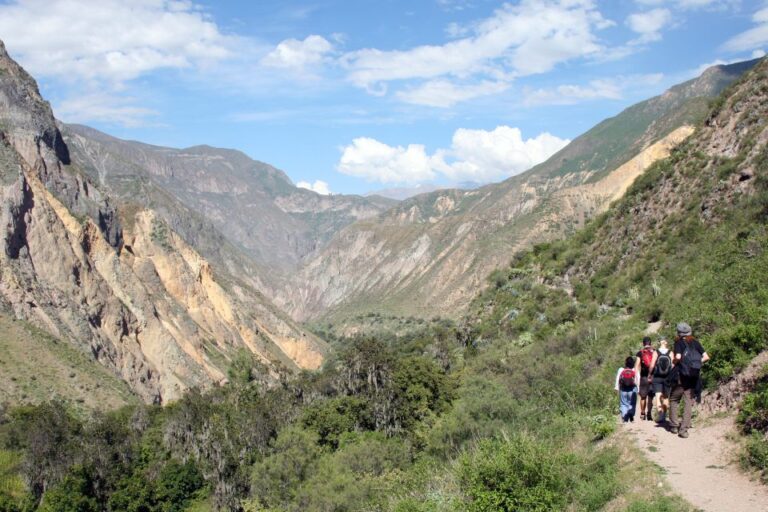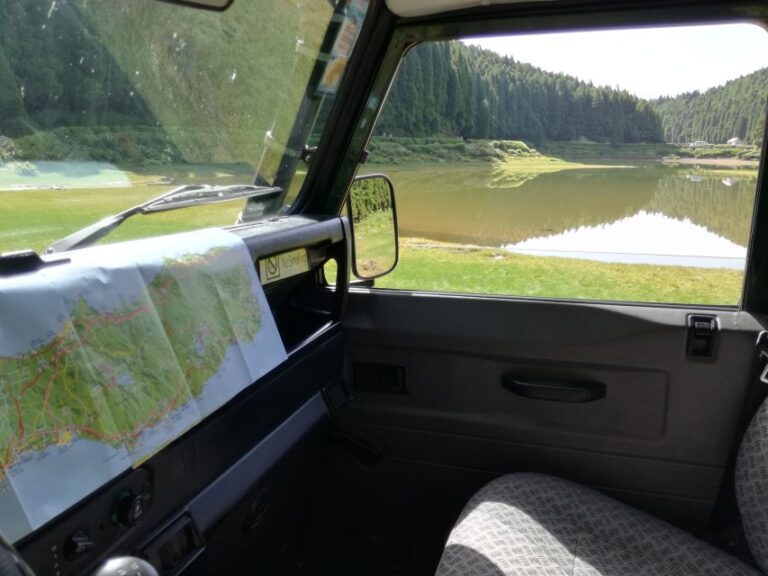After the sun sets, how long does it take to get dark?
After the sun begins to set, you always want to know just how much time you have before it really gets dark. Whether you’ve left the dog at home alone, or you’re wondering how long you’ll have to wait before you can get a good look at the night sky, it’s a good idea to know how much time you have before it gets dark.
Plus, this also depends on just how you define dark, as there are different states of darkness as it gets later in the day. We firstly go through civil twilight; however, this period doesn’t last too long before it progresses into nautical twilight. Although they sound confusing, these are just terms for how low the Sun is beneath the horizon, which indicates how dark it is. Finally, we have astronomical twilight, which is the last stage before nighttime. This is what many people consider dark.
So, as you can see, it is not quite as straightforward as you may think. The day of the year will have a massive effect on the day length too, and this will change the time that it actually gets dark in your city. Let’s look at just how long it takes to get dark after sunset on average.
If you’re close to the equator, then it can take only 20 or 30 minutes for it to get dark. However, on average it takes around 70 minutes for it to get fully dark after sunset. In some states, it may take a little longer than this for it to get truly dark. The truth is that it’s going to be completely different for each different location on Earth.
This is going to be the case for people located in the United States and in the majority of Europe too. However, this can differ a lot as you move closer or further away from the equator. This is the main reason why it’s pretty difficult to give a real answer to the question, as it really does vary depending on where you are on the Earth.
People can often find it confusing how the Earth gets slowly darker depending on what location you’re in. Say for example, you’re located very far North on our planet. The further North you are, the more diagonal the path is that the Sun’s route is to going beneath the horizon, so the Sun may never really progress into nighttime.
I think this is probably best explained by looking at the city Tromsø, which is located in the very North of Norway. This place is well known for its unique day length, which is probably like nothing most of us have ever experienced before.
As I mentioned, Tromsø is a city that’s right in the very North of Norway, and the North of the Earth too. During the summer months of May, June and July, Tromsø experiences something called the “midnight Sun“, also known as a polar day.
During these months, the city doesn’t have a proper nighttime – instead, it stays fairly light and visible 24/7. This occurrence happens because Earth’s axis is slightly tilted towards the Sun. So, we know that twilight is the period of time where the Sun is between 0° and 18° degrees beneath the horizon.
We go from civil twilight (0-6°) to nautical twilight (6-12°) all the way through to astronomical twilight (12-18°) – this is the amount of degrees beneath the horizon our Sun is in relevance to us. For us to progress into nighttime, the Sun needs to be more than 18° below the horizon. Astronomical twilight is what most people consider to be evening twilight.
However in Tromsø, this doesn’t happen during these months due to the Earth’s inclination. This means that whilst Tromsø does experience twilight, the Sun never goes beneath the 18° angle required for darkness. So, they can still see the Sun’s glow all through the night, as the phase never really gets into the twilight zone, let alone into astronomical twilight (which is the best time for stargazers, sometimes referred to as magic hour).
At the other end of the spectrum, in the Winter time Tromsø has the complete opposite. Through November to January, the Sun never comes completely above the horizon. So whilst it does get into the twilight phase and things to become visible in Tromsø, there is no daylight during these times as the Sun doesn’t come up above the horizon.
When morning twilight comes up, photographers sometimes also refer to this period as magic hour or golden hour, whether it’s in the evening or the morning.
It isn’t just Tromsø that experiences this of course, but it’s a good example because it’s above the Arctic circle and one of the more Northern cities on our planet. It’s a good example of what happens when you’re much further away from the equator.
If you’re in the United States, then you’re not going to have the dramatic lengths of time between sunset and darkness. In most cases, it will probably be between one and two hours depending on the time of year it is, and where you are in the country. The more north you are, the longer it will take.
The easiest way to explain why the Sun rises in the East and sets in the West is simply down to the way that it rotates – it spins in an Easterly direction, which means the Sun rises there and sets in the West. If we forget about Earth’s tilt and its elliptical orbit of the Sun, it simply rotates on its axis towards the East, meaning that the Sun rises for all of us in the East first.
Golden hour is a specific time, but it’s relevant to both sunrise and sunset. Golden hour is defined as the hour before the sunsets, and the hour in the morning after the sun rises too. It’s called this because it’s the perfect time for photographers to get a nice photo with a optimum amount of lighting.
We need to wait for true darkness or the true night time before we can see the stars appear in the sky. Usually, this is between another hour or two after we’ve reached darkness, so you’ll need to wait a while if you want to go out stargazing. We refer to one twilight stage as astronomical because it’s the perfect time to get the telescope out.
So in conclusion, there are no strict answers to say just how long it takes to progress from daytime, into twilight, and then into nighttime. However, you can probably find this out, and there will be a different answer depending on your location.
If you want to work this out for your own location, then I’d advise checking out www.timeanddate.com. This site can help you work out just how long it’ll take for the sun to set in your town or city now. But in some cities, the Sun never sets. Plus, it’s also worth taking into account light pollution and artificial light, which can have an effect on the darkness in your city.





